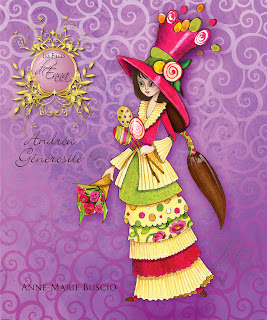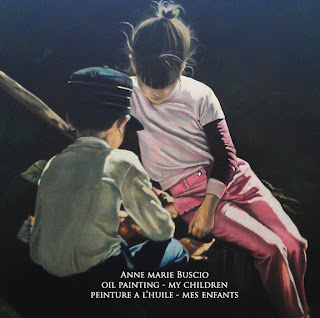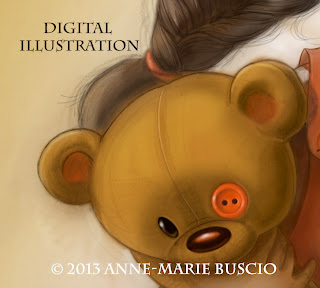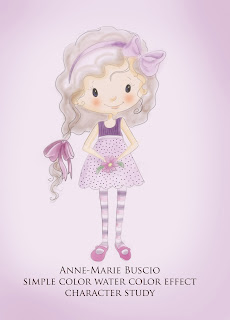In the past few months I have been exploring many different venues for my illustrating career. I've been following lessons for up-ing my game with the DIGITAL WORLD...and I have been dabbling and doodling around different ways of painting. I once heard that it was better to have one style and stick to it. Really?

I mean I can understand that if your doing a series of books, the style has to stay completely consistent throughout. That's a given. But in my opinion, depending on the level you are illustrating for, you need a certain type of illustrator. For example for a young children's book maybe Justin Gerard would not necessarily be your first pick. But Will Terry or I may be a good pick.

When I illustrate a picture book, I want to know the age group I am illustrating for. I want to put myself in their shoes and I want to know their level of comprehension, curiosity, interest, fascination. I want those tiny awesome beings, be in awe and embark on the fascinating journey those illustrations can bring.

In my opinion, not all illustrations styles can create that magical place. But all illustrations have to be drawn with the intent, to capture the imagination of the child and create a visually magical place that will stimulate their imagination and creativity.
So many books in my childhood have stimulated my creativity and imagination, as well as songs and rhymes that I will never forget.

I understand that the publisher, editor, artistic directors and all those who choose the illustrator already see or have a sense of what the book is suppose to look like, and most of them already work with a multitude of extremely talented artists.
Of course when you think of a certain artist and their style there are those that stick out in my mind such as, Dolie Day, Will Terry, Nicoletta Ceccoli, Rob Scotton, Petra Brown, Mary Engelbreit, Jean-Baptiste Monge, lafianceeaubeurresale,
Arianne Delrieu, Elina Ellis and the list goes on
and on...

But then there are those who are multi-disciplinary such as Kevin Keele, Jake Parker and others that can draw in different styles.
Now the question came, where do I want to be? I want to have the freedom and capacity to draw in different styles too. If someone asks me to draw something quickly or in extreme detail I want to be able to do exactly that and more than satisfy their expectations.
So from my experience as a traditional artist I turned my methods of producting art around in order to better serve my
clients. Here are a few of the different styles I do...
(1)oil painting, (2) to sketching (3) to digital painting (4) Colored ink and digital enhancement
(5) Vector only clipart (6) Watercolor effect digital (7) Color comp digital.
What do you think? Do you think it is better to have one style or many?

















2 comments:
From what I've learned through researching, its not super important to focus on having any particular style. Its better to focus on your technique, and how well you handle the medium(s) you prefer, then you may begin to notice a pattern happening, at that point its safe to say that that is your style :) The illustrator Will Terry has some really wonderful videos on youtube, those are free, but he also sells a class on how to illustrate children's book characters on his website-only $29.99! It may not be exactly what you're looking for, but hey at that price it's worth a shot! I've found it to be fairly insightful so far. Hope this helps! :)
From a marketing standpoint it's easier to "sell" your work if there's a consistent style, and the client knows exactly what to expect in terms of quality, palette, detail, etc. My experience is that if I draw it, it already has a certain look (and humour) by virtue of coming from me. My agent represents a guy who imitates dozens of styles and that's HIS niche: art of imitation. You're right: complexity can vary with children's age group. I'd find a style you love and do variations within that range (more exaggerated/realistic, change the palette even), but avoid confusion for the client (who are usually already confused enough).
Post a Comment